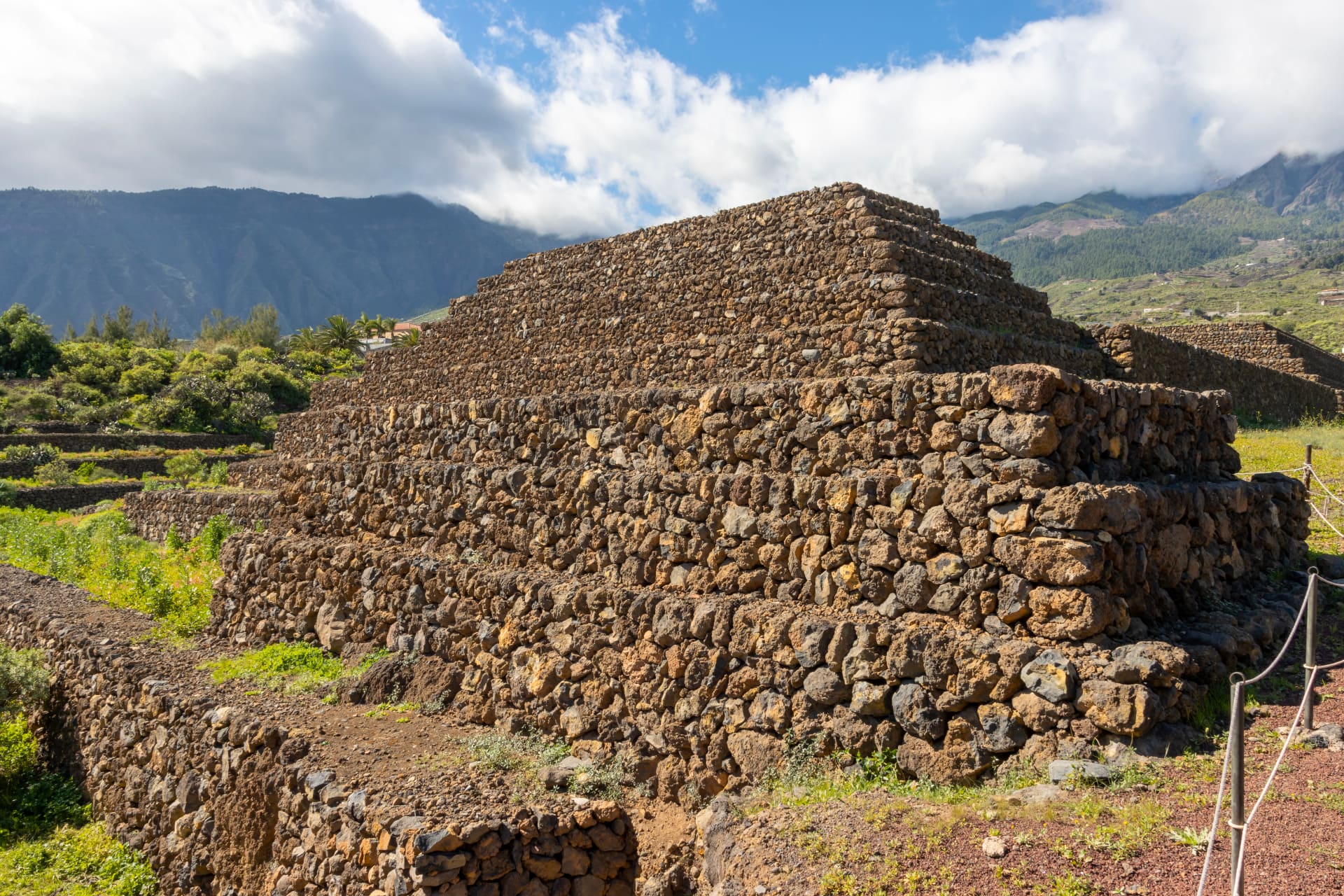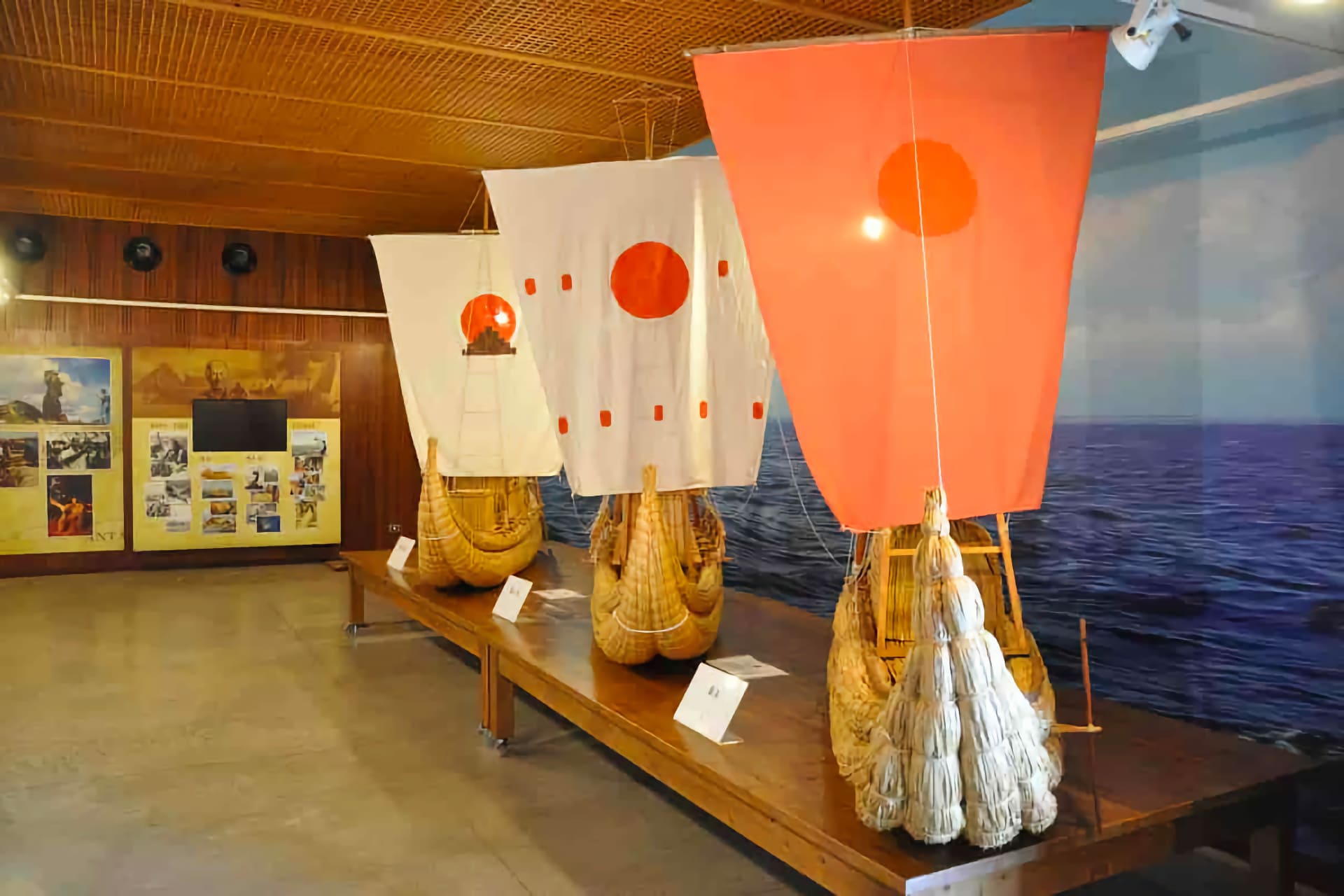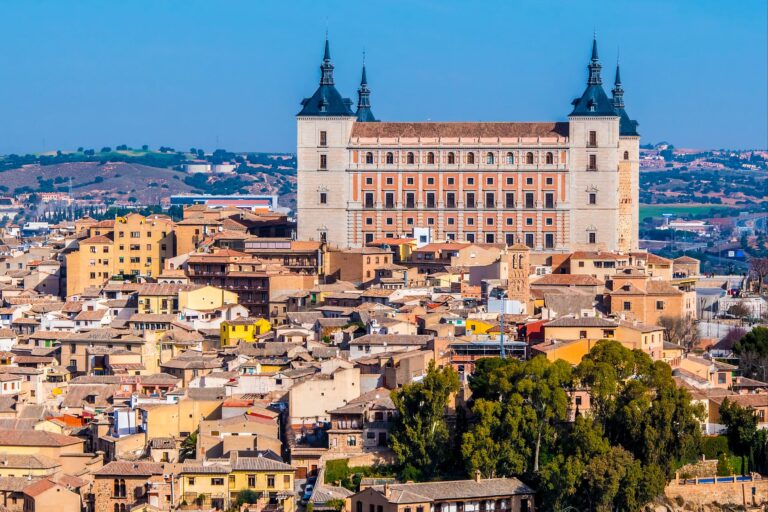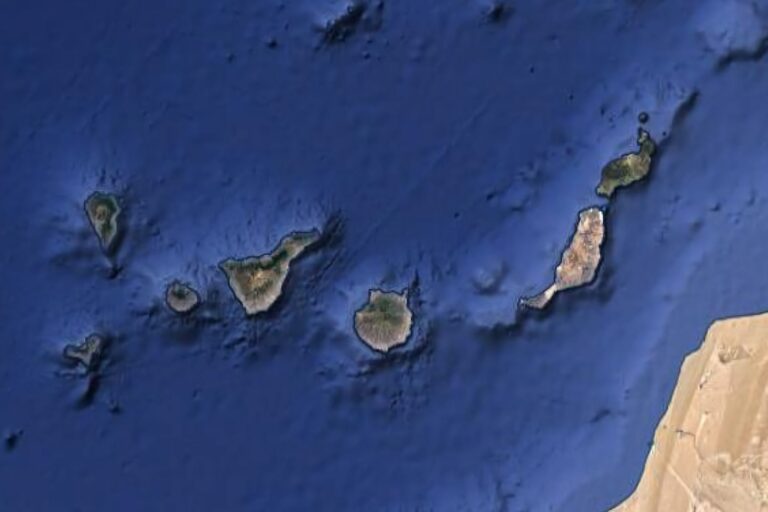Unraveling the Enigma of Tenerife's Mysterious Pyramids
Imagine venturing through the sun-kissed landscape of Tenerife, one of the enchanting Canary Islands, when you suddenly stumble upon a sight that transports you to the realms of ancient Egypt or Mesoamerica: a cluster of mysterious, stepped pyramids rising majestically against the backdrop of the Atlantic Ocean. This is no mirage, but rather the Pyramids of Güímar, an enigmatic archaeological site that has fueled a captivating debate among experts and captured the imaginations of tourists from around the world. In this article, we delve into the ongoing dispute surrounding the origin and historical value of these intriguing structures and reveal why a visit to the Thor Heyerdahl Museum is an essential addition to any Tenerife itinerary.

The Controversy
The Pyramids of Güímar consist of six rectangular, stepped pyramids that have been the subject of a heated debate among archaeologists and historians. The renowned Norwegian explorer and archaeologist Thor Heyerdahl brought these structures to the world's attention, proposing the theory that they were evidence of prehistoric transatlantic contact between the Old and New Worlds. Heyerdahl drew comparisons between the pyramids of Güímar and similar structures in Mesoamerica and ancient Egypt, suggesting that their construction could not be a mere coincidence.
On the other hand, some researchers argue that the pyramids were built in the 19th century as a result of agricultural practices. They posit that the structures were created by piling stones cleared from fields to create terraces for growing crops. This theory would imply that the pyramids have no significant historical value and were not intentionally constructed as monuments.
What Experts Say
The archaeological community remains divided on the origin and significance of the Pyramids of Güímar. While the idea of prehistoric transatlantic contact is fascinating, there is currently insufficient concrete evidence to support Heyerdahl's hypothesis. The similarities between the pyramids of Güímar and those in other parts of the world could be coincidental, as stepped pyramids are a relatively simple architectural form that could have developed independently across different cultures.
Despite the lack of consensus among experts, the Pyramids of Güímar remain an important subject of investigation. Further research and exploration could eventually shed light on their true origin and significance, potentially changing our understanding of prehistoric human migration and interaction.
Why visit the Thor Heyerdahl Museum
A visit to the Thor Heyerdahl Museum, also known as the Pyramids of Güímar Ethnographic Park, is a must for tourists seeking a unique and thought-provoking experience in Tenerife. The museum provides an opportunity to delve into the intriguing mystery surrounding the pyramids and learn more about Heyerdahl's theories, as well as the broader history of the Canary Islands.

Visitors can explore the beautifully maintained park, which includes not only the pyramids themselves but also a fascinating museum displaying artifacts and information on the Guanche people, the original inhabitants of the Canary Islands. The museum also features a replica of Heyerdahl's famous Kon-Tiki raft, which he used in 1947 to demonstrate the possibility of ancient transoceanic contact between South America and Polynesia.
Conclusion
Whether you're an archaeology enthusiast or simply a curious traveler, the Pyramids of Güímar and the Thor Heyerdahl Museum offer a one-of-a-kind experience that should not be missed. The ongoing debate about the origin and historical value of the pyramids adds an element of intrigue to the visit, while the museum provides a wealth of information on the Canary Islands' rich history and culture. Embark on a journey to unravel the mysteries of the past and immerse yourself in the captivating story of the enigmatic Pyramids of Güímar.
FAQ
What is the main controversy surrounding the Pyramids of Güímar?
The main controversy surrounding the Pyramids of Güímar is their origin and historical significance, with some experts believing they are ancient structures, while others argue they are just piles of stones created during agricultural activities.
Who was Thor Heyerdahl, and why is there a museum dedicated to him near the Pyramids of Güímar?
Thor Heyerdahl was a Norwegian explorer and ethnographer who believed that the Pyramids of Güímar were built by ancient civilizations with connections to Egypt and the Americas. The Thor Heyerdahl Museum is dedicated to his research and theories, showcasing his findings and the results of his studies on the pyramids.
What is the astronomical significance of the Pyramids of Güímar?
The Pyramids of Güímar are believed to have astronomical significance, as they are aligned with the sun during the summer and winter solstices. This suggests that their builders may have had knowledge of astronomy and used the pyramids as a celestial observatory or for ceremonial purposes.



